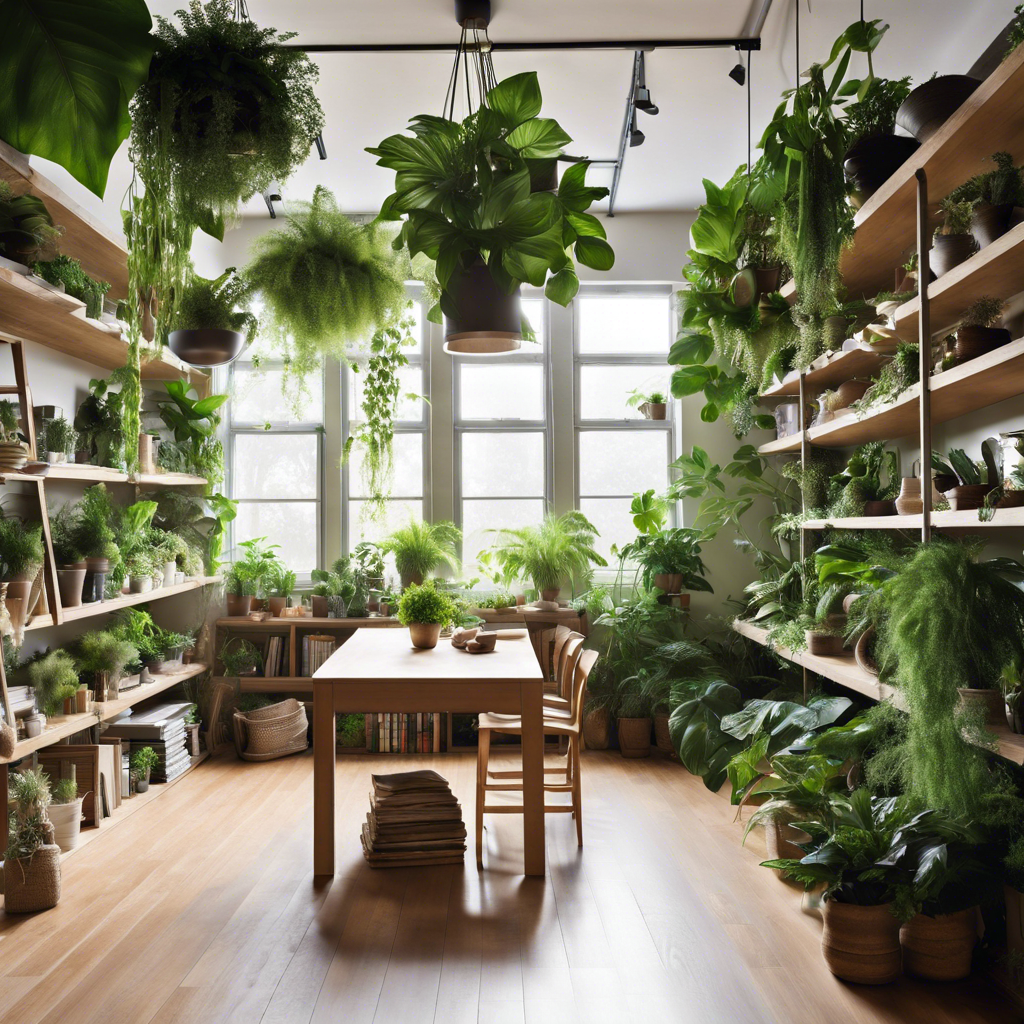
Indoor plants
Monstera Deliciosa – The Complete Guide to Growing and Caring for This Iconic Indoor Plant


DINKAR
10/22/2024
Introduction
The Monstera Deliciosa, often called the "Swiss cheese plant" due to its iconic split leaves, has become a symbol of tropical houseplant decor in modern homes. Its large, glossy, fenestrated leaves make it an absolute favorite for plant enthusiasts and interior designers alike. Originating from the tropical forests of Central America, Monstera Deliciosa not only adds a dramatic flair to any indoor space but is also relatively easy to care for.
In this comprehensive guide, we will walk you through everything you need to know about growing, caring for, and propagating the Monstera Deliciosa. Whether you’re a beginner or an experienced plant parent, this blog will help you understand how to keep your Monstera thriving.
1. What is Monstera Deliciosa?
Monstera Deliciosa, a member of the Araceae family, is a climbing plant native to the rainforests of southern Mexico and Panama. The plant gets its name "Deliciosa" from its fruit, which is edible and supposedly delicious. However, the plant is more famous for its striking leaves, which have natural splits (known as fenestrations) that develop as the plant matures.
Monstera is a vigorous climber and can reach significant heights in its natural habitat. Indoors, however, it grows more moderately and can be trained on a trellis or moss pole. Its ability to tolerate low light and thrive in a variety of environments makes it a popular choice for homes and offices.
2. Types of Monstera Plants
While the Monstera Deliciosa is the most well-known species, there are a few other varieties of Monstera that have gained popularity in the indoor plant community:
- Monstera Adansonii (Swiss Cheese Vine): This variety has smaller leaves with more defined holes than the Deliciosa. It tends to grow in a more vine-like fashion and is perfect for hanging baskets or trailing off shelves.
- Monstera Albo Variegata: A rare and highly sought-after variety, the Albo Variegata features beautiful white variegation on its leaves, creating a stunning contrast of green and white patterns.
- Monstera Obliqua: Known for its highly perforated leaves, Monstera Obliqua is an ultra-rare variety often coveted by collectors. It is more delicate and harder to grow compared to other Monsteras.
3. How to Care for Monstera Deliciosa
The Monstera Deliciosa is relatively low-maintenance, making it perfect for beginners. However, like any plant, it has specific needs for optimal growth.
A. Light Requirements
Monstera Deliciosa thrives in bright, indirect sunlight. In its natural habitat, it grows beneath the rainforest canopy, where it receives dappled sunlight. Direct sunlight can scorch the leaves, causing brown spots, while too little light will result in leggy growth and smaller, less fenestrated leaves.
For indoor placement, a spot near an east or south-facing window with filtered light is ideal. If natural light is limited, you can supplement with a grow light to help the plant thrive.
B. Watering
Monstera prefers slightly moist soil but doesn't tolerate being waterlogged. Allow the top inch or two of soil to dry out between waterings. Overwatering can lead to root rot, while underwatering will cause the leaves to droop.
To ensure proper hydration, water thoroughly until water drains out from the bottom of the pot, and always use a pot with drainage holes to prevent soggy soil.
C. Humidity and Temperature
Being a tropical plant, Monstera Deliciosa loves humidity. Aim to keep the humidity level between 50% and 60% to mimic its natural environment. If your home is dry, especially during winter, you can increase humidity by misting the plant regularly, using a humidifier, or placing the pot on a tray filled with pebbles and water.
Monstera thrives in temperatures between 65°F and 85°F (18°C to 29°C). Avoid placing the plant near drafts, air conditioners, or heaters, as sudden temperature changes can stress the plant.
D. Soil and Potting
Monstera Deliciosa prefers well-draining, aerated soil. A good potting mix would consist of a blend of regular potting soil, perlite, and peat moss or coco coir. The soil should retain moisture while allowing excess water to drain.
Repot your Monstera every 1-2 years, especially when it becomes root-bound. Monstera is a fast grower, so providing it with fresh soil and more room to grow will keep it healthy.
E. Fertilization
During the growing season (spring and summer), feed your Monstera with a balanced, water-soluble fertilizer every month. This will encourage lush foliage and help the plant grow faster. Cut back on fertilizing during the fall and winter months when growth slows.
4. Propagating Monstera Deliciosa
Monstera Deliciosa is one of the easiest plants to propagate. With its aerial roots and fast growth rate, you can easily multiply your plant collection or share it with friends.
Step-by-Step Propagation Guide:
- Choose a Healthy Stem: Look for a stem with at least one node (a small bump on the stem) and a few healthy leaves.
- Cut the Stem: Use a clean pair of scissors or pruning shears to cut just below the node. Make sure your cutting includes a portion of aerial roots if possible, as this will speed up the propagation process.
- Place in Water or Soil: You can either propagate your cutting in water or plant it directly in soil. If using water, place the cutting in a jar with the node submerged. Change the water every few days to keep it fresh. If planting directly in soil, use well-draining potting mix and keep the soil moist.
- Wait for Roots: In about 2-4 weeks, you'll start to see roots developing from the node. Once the roots are a couple of inches long, you can plant the water-propagated cutting in soil.
5. Common Problems and Solutions
Even though Monstera Deliciosa is easy to care for, it can still encounter some common issues. Here are some problems you might face and how to resolve them:
- Yellowing Leaves: Yellow leaves are often a sign of overwatering or poor drainage. Check the moisture level of the soil and make sure the pot has proper drainage.
- Brown Leaf Tips: This can be a result of low humidity or too much direct sunlight. Increase humidity around the plant or move it to a spot with indirect light.
- Leggy Growth: If your Monstera is growing long stems with few leaves, it's likely not getting enough light. Move the plant to a brighter location, but avoid direct sun exposure.
- Pests: Monstera Deliciosa can attract pests like spider mites, mealybugs, and scale. To treat an infestation, wipe down the leaves with a damp cloth or use insecticidal soap.
6. Benefits of Having Monstera Deliciosa Indoors
Monstera Deliciosa offers more than just aesthetic appeal. Here are some benefits of keeping this plant indoors:
- Air Purification: Like many other houseplants, Monstera Deliciosa helps improve indoor air quality by filtering out toxins like formaldehyde and benzene.
- Stress Relief: Studies have shown that having indoor plants can reduce stress and improve mood. The vibrant green leaves and tropical feel of the Monstera bring a sense of calm to any space.
- Interior Design: With its large, architectural leaves, Monstera Deliciosa is a favorite among interior designers. It can make a bold statement in a room and complement a variety of decor styles, from modern to boho.
Conclusion
Monstera Deliciosa is a stunning and relatively low-maintenance plant that can bring a touch of the tropics into any indoor space. With its large, fenestrated leaves and ability to adapt to various indoor conditions, it's no wonder this plant has become a favorite for both novice and experienced plant parents.